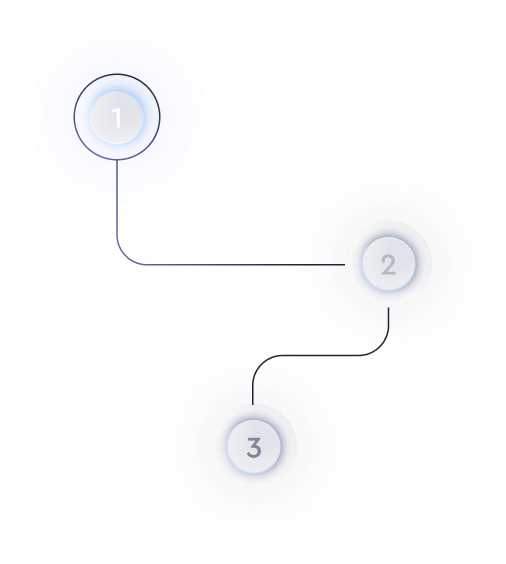What are common website speed bottlenecks for SaaS?
In the world of Software as a Service (SaaS), website speed is crucial. A seamless user experience is paramount for retaining users and ensuring consistent performance. However, many SaaS applications face common speed bottlenecks that can hinder performance if left unaddressed.
Server-Side Processing Delays
One of the primary bottlenecks in SaaS applications is the time taken by the server to process requests. This can be due to inefficient algorithms, excessive data processing, or poor server configurations. Optimizing server-side operations and ensuring efficient code can significantly reduce these delays.
- Optimize algorithms: Ensure that your code is optimized for performance by using efficient algorithms and data structures.
- Load balancing: Distribute requests across multiple servers to prevent overloading a single server.
Database Query Inefficiencies
Databases play a crucial role in SaaS applications, and inefficient queries can drastically slow down response times. Queries that retrieve large amounts of data or are poorly indexed can become significant bottlenecks.
- Indexing: Implement proper indexes to speed up data retrieval processes.
- Query optimization: Regularly review and optimize your database queries.
Content Delivery Network (CDN) Utilization
CDNs are critical for distributing website content quickly to users around the globe. Failing to leverage CDNs effectively can result in slower load times, especially for geographically dispersed users.
- Implement CDNs: Use CDNs to cache and serve static content such as images, stylesheets, and scripts.
- Regular updates: Ensure that your CDN content is updated and optimized for the best performance.
Front-End Performance Issues
The front-end of a SaaS application can also contribute to performance bottlenecks. Large scripts, unoptimized images, and excessive DOM manipulations can slow down the rendering of web pages.
- Minification: Minify CSS, JavaScript, and HTML files to reduce their size and improve load speeds.
- Image optimization: Use formats like WebP and leverage lazy loading to reduce the initial page load time.
Network Latency
Network latency can significantly impact the performance of SaaS applications, especially if the users are located far from the server or CDN nodes. High latency can increase the time taken for data to travel between the client and the server.
- Reduce round trips: Use techniques like HTTP/2 to minimize the number of round trips required for data exchange.
- Server location consideration: Consider strategically placing servers closer to your user base to reduce latency.
Third-Party Scripts
Incorporating third-party scripts such as analytics, ads, or chat widgets can introduce additional latency. These scripts can slow down your site if they load synchronously or if the third-party server is slow.
- Asynchronous loading: Load third-party scripts asynchronously to prevent them from blocking your site's rendering.
- Regular audits: Periodically review and optimize the use of third-party scripts to ensure they contribute positively to the user experience.
Addressing these common bottlenecks can dramatically improve the speed and reliability of your SaaS application. By focusing on both back-end and front-end optimizations and leveraging modern technologies, you can ensure a smooth and fast experience for your users.

